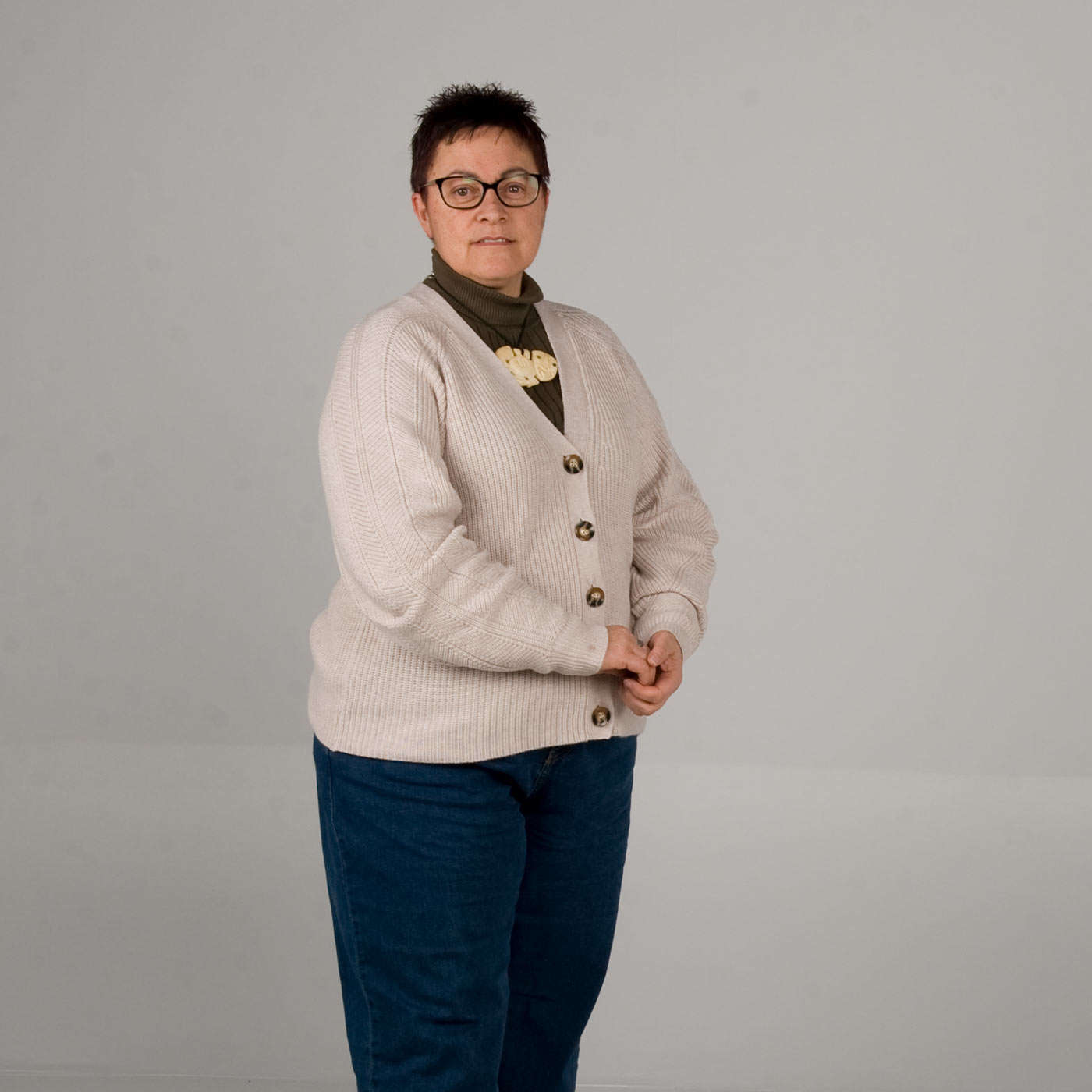Public housing marae-style
A project in Wellington to build public housing connected to a microgrid on Māori reserve land is providing a way for one community to deal with the housing crisis and could become a pilot project for others around the country.
The papakāinga is part of a far-reaching research project which will examine different models of public housing and assess their impact on well-being. It involves a unique partnership between the Wainuiōmata Marae Trust, the University of Otago, Wellington and state housing provider Kāinga Ora / Homes and Communities, and is supported by Hutt City Council and Te Puni Kōkiri.
In this first stage, a dozen homes linked to a solar-powered microgrid will be built on land surrounding the urban marae in the Wellington suburb of Wainuiōmata.
Wainuiōmata Marae Trust Board secretary and University of Otago, Wellington researcher Cheryl Davies has worked with the co-director of the University's He Kāinga Oranga – Housing and Health Research programme, Sesquicentennial Distinguished Professor Philippa Howden-Chapman, for 10 years to bring the project to life.
“A lot of what we want to do is around supporting sustainability for the families. Providing a nice, healthy home is not the only answer to addressing some of the needs of our families: fuel poverty is a huge issue.”
Davies says her motivation throughout has been to provide high-quality affordable housing for the people of Wainuiōmata.
“It really worries us to see the number of our families that are living in motels and transitional housing, or haven't got any housing at all. That's been one of our big drivers for pushing this through.
“A lot of what we want to do is around supporting sustainability for the families. Providing a nice, healthy home is not the only answer to addressing some of the needs of our families: fuel poverty is a huge issue.”
The marae trust is working with Kāinga Ora and other researchers to design a solar-powered micro-energy grid to reduce household energy costs for the marae and their new residents, as well as to foster community independence and reduce their carbon footprint.
“Kāinga Ora is really on board with what we are trying to do, like planting fruit trees, and tenants being able to walk to the pātaka kai foodbank and the urban community garden there. There are lots of support networks there to support the families that come into these homes.”
Residents of the papakāinga will be referred from the Ministry of Social Development's housing waiting list, but tenants who may have been housed in other areas may also have an opportunity to return to Wainuiōmata.
The project is also forging new ground by making the papakāinga housing open to all ethnicities, just like the Wainuiōmata Marae itself.
The 12 homes in the first stage of the project will include one- and two-bedroom units and four- and five-bedroom homes to assist with the areas of greatest housing need.
“We're seeing households now that have different generations living in them: they might have a nanny or a koro living with the family, so the five-bedroom homes will be able to cater for that.”
Davies says residents will be encouraged to develop strong and mutually supportive relationships with the marae.
“We don't want to build a community within a community. This will revitalise the marae as well. There is almost a life force that the families will bring.”
She says having the University aligned with the project ensures the marae will have good evidence and information so they can ensure whānau living there are well supported.
She likens it to a learning laboratory. “I'd like to think that once we get through the first phase, we will be able to showcase the work that's been done and go through some of the challenges and share the things we have learnt.”
Cheryl Davies: “We don't want to build a community within a community. This will revitalise the marae as well.”

